Jim Crow Laws Worksheet
The Jim Crow Laws worksheet provides a comprehensive overview of the discriminatory legislation that enforced racial segregation in the United States during the late 19th and early 20th centuries. Designed for students studying American history or social studies, this worksheet offers a detailed exploration of the subject, allowing learners to understand the historical context, key events, and lasting impact of the Jim Crow Laws.
Table of Images 👆
More Other Worksheets
Kindergarten Worksheet My RoomSpanish Verb Worksheets
Cooking Vocabulary Worksheet
DNA Code Worksheet
Meiosis Worksheet Answer Key
Art Handouts and Worksheets
7 Elements of Art Worksheets
All Amendment Worksheet
Symmetry Art Worksheets
Daily Meal Planning Worksheet
What were Jim Crow Laws?
Jim Crow Laws were state and local laws in the United States that enforced racial segregation and discrimination against African Americans. These laws were enacted between the late 19th and early 20th centuries and promoted racial inequality by enforcing segregation in public facilities, such as schools, transportation, and restaurants, as well as imposing restrictions on voting rights and access to jobs for African Americans. Jim Crow Laws were eventually overturned by federal legislation in the 1960s as part of the Civil Rights Movement.
When were Jim Crow Laws enacted?
Jim Crow Laws were enacted in the late 19th century, following the Reconstruction era, with many laws being passed between the 1870s and 1960s, primarily in the Southern United States.
What was the purpose of Jim Crow Laws?
The purpose of Jim Crow Laws was to enforce racial segregation and discrimination against African Americans in the United States, particularly in the Southern states. These laws were designed to uphold white supremacy and limit the rights and opportunities of black Americans in various aspects of life, including education, employment, voting, and public facilities.
How did Jim Crow Laws segregate African Americans?
Jim Crow Laws segregated African Americans by enforcing racial segregation in public facilities, transportation, schools, and housing. These laws mandated the separation of whites and blacks in almost every aspect of life, perpetuating discrimination and inequality for African Americans in the United States.
Which public facilities were affected by Jim Crow Laws?
Public facilities affected by Jim Crow Laws included schools, transportation systems, restrooms, water fountains, waiting areas, and restaurants, among others. These laws enforced racial segregation and discrimination, leading to the creation of separate, often inferior facilities for Black Americans, perpetuating systemic racism and inequality.
How did Jim Crow Laws impact education for African Americans?
Jim Crow Laws had a severe impact on education for African Americans by enforcing segregation in schools, leading to inferior resources and facilities for black students compared to their white counterparts. This systemic discrimination resulted in unequal opportunities for educational advancement, limited access to quality education, and perpetuated a cycle of poverty and inequality among African American communities.
What were some restrictions imposed by Jim Crow Laws on voting rights?
Some restrictions imposed by Jim Crow Laws on voting rights included poll taxes, literacy tests, and grandfather clauses. Poll taxes required individuals to pay a fee in order to vote, which disproportionately affected poor African Americans. Literacy tests often targeted African Americans by setting difficult or unfair requirements. Grandfather clauses allowed individuals to vote only if their grandfathers had been eligible to vote, effectively disenfranchising many African Americans whose ancestors were enslaved or excluded from voting.
How did Jim Crow Laws affect employment opportunities for African Americans?
Jim Crow Laws severely restricted employment opportunities for African Americans by enforcing segregation in workplaces, preventing them from accessing higher-paying jobs, limiting their chances for career advancement, and perpetuating systemic racism and discrimination in hiring practices. These laws created a segregated and unequal workforce that perpetuated racial disparities in employment opportunities for African Americans for decades.
What were some legal challenges against Jim Crow Laws?
Some legal challenges against Jim Crow Laws included the landmark Supreme Court cases such as Plessy v. Ferguson, which upheld racial segregation under the "separate but equal" doctrine in 1896, and Brown v. Board of Education in 1954, which declared state laws establishing separate public schools for black and white students to be unconstitutional. Additionally, civil rights activists and organizations such as the NAACP and individuals like Rosa Parks and Martin Luther King Jr. fought against Jim Crow Laws through nonviolent protests, boycotts, and legal campaigns, leading to the eventual dismantling of these discriminatory laws.
When and how were Jim Crow Laws eventually abolished?
Jim Crow Laws were eventually abolished through a combination of legal challenges in the courts and legislative action. The Civil Rights Act of 1964 and the Voting Rights Act of 1965 were instrumental in dismantling legal segregation and discrimination based on race in the United States. Additionally, Supreme Court decisions such as Brown v. Board of Education in 1954 played a crucial role in overturning segregation laws. Over time, these legal victories and the tireless efforts of civil rights activists helped bring an end to the Jim Crow era, though challenges to racial equality persist to this day.
Have something to share?
Who is Worksheeto?
At Worksheeto, we are committed to delivering an extensive and varied portfolio of superior quality worksheets, designed to address the educational demands of students, educators, and parents.






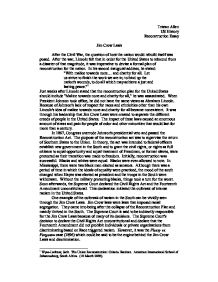

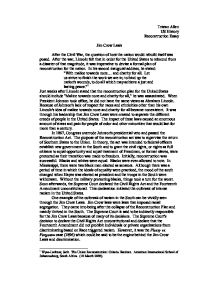

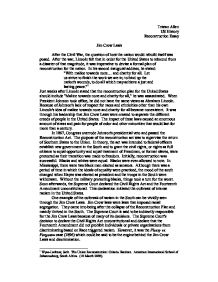

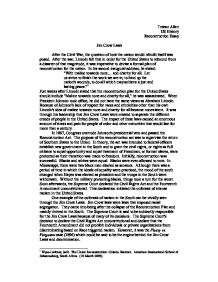
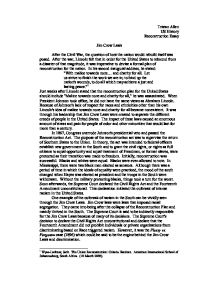

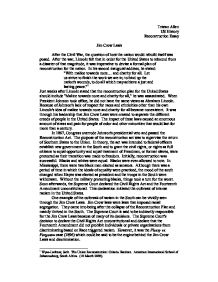

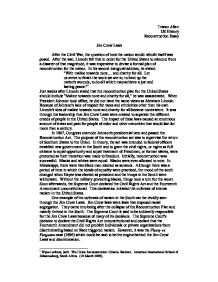
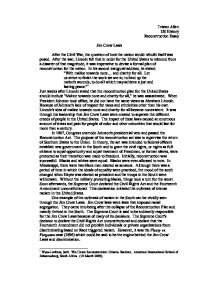

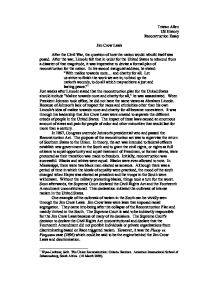

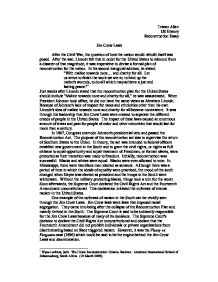














Comments